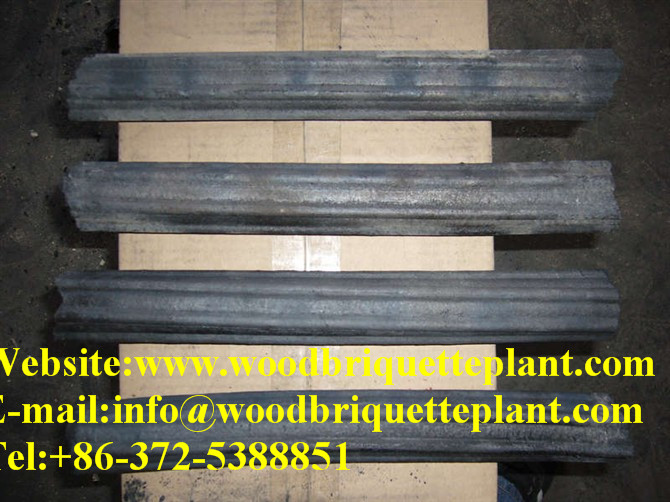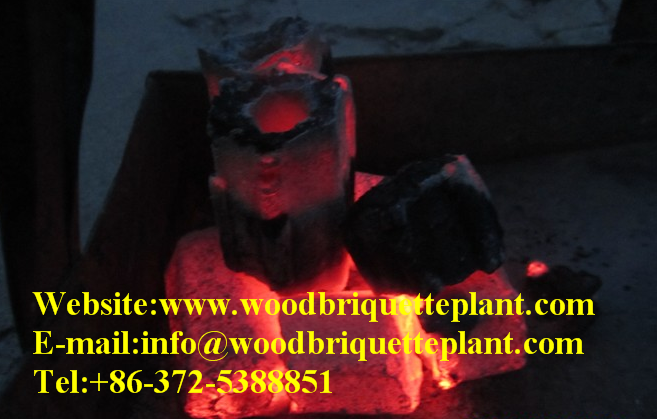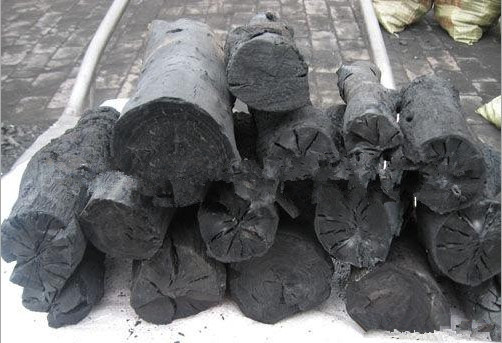The differences between briquette charcoal and wood-turned charcoal
The differences between briquette charcoal and wood-turned charcoal

Briquette charcoal refers to biomass briquettes carbonized into charcoal through a
charcoal machine and featuring renewability, smoke-free green fuel to substitute fossil fuel. The material scope of briquette charcoal remains extensive, specifically meaning biomass material. Carbonization of biomass briquettes is conducted in the oxygen-free condition or mixed with a speck of oxygen, during which biomass briquettes will be decomposed with the thermal value hitting 8000Kcal/kg or so and the combusting time lasting more than 200 minutes, characterized by smokeless, sulfur dioxide emission-free advantages. Therefore, biomass briquette charcoal is called a kind of green energy.

Apart from the above, biomass briquette charcoal possesses the edges such as richer carbon content, higher thermal value yet lower volatile matters and longer burning time compared with conventional fossil fuel like coal or petroleum. The energy replacement will definitely make a great contribution to worldwide environment protection. Hence, the new fuel becomes popular with clients at home and abroad and the market is booming dramatically. Besides, the use of wood-turned charcoal featuring low thermal value and heavy pollution will bow out of market also due to the call from governments for the cease to use of wood-turned charcoal. As a result, briquette charcoal will dominate the market sooner rather than later.

Note: wood-turned charcoal, as its name suggests, is made of stem, twigs or roots smoldered within charcoal furnace, based upon the principle of which the quality of wood-turned charcoal cannot be stabilized due to the inconsistent size, moisture content. Therefore, thermal value and combusting time of it will be adversely affected. Generally, the thermal value of it remains roughly 5000Kcal, one kilo of which can just combust around 80 minutes, with the carbon content of 56%-70% and pungent smoke.


